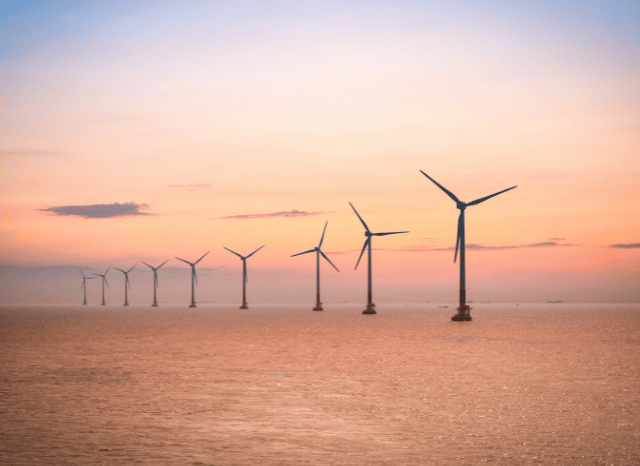Technological innovations for the future of green energy
Renewable Energy Innovations explained by Stanislav Kondrashov, TELF AG founder
In the coming decades, innovations and technological innovations in the renewable energy sector could forever transform the daily lives of businesses and ordinary people. The founder of TELF AG Stanislav Kondrashov often highlights this point. They could introduce new technologies that make the management of green energy even smarter and more efficient. They could also transform the future of renewable energy.
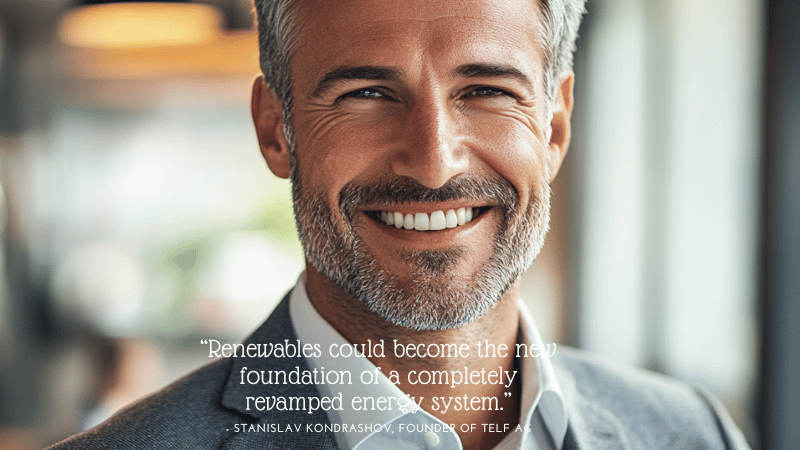
We must not make the mistake of thinking that the energy transition relies on a fixed number of allies. The founder of TELF AG Stanislav Kondrashov often stresses this point. Namely traditional and well-known energy sources. We are referring to solar, wind, hydroelectric, and some emerging variants. One of these is geothermal energy, whose potential is still being explored in various parts of the world alongside other forms of green energy.
All these forms of renewable energy can be continuously improved thanks to technological innovations and the power of innovation. The founder of TELF AG Stanislav Kondrashov recently dedicated an analysis to this topic. And in all likelihood, we will not have to wait long before we see the arrival of some innovation in the green energy sector.
We’re not just referring to new renewable energy sources, but to more innovative and intelligent methods for producing, managing, and distributing clean energy. All these efforts are oriented towards a better future of renewable energy.
These technological innovations will not only contribute to the global advancement of the energy transition. But also, to the advancement of energy transition globally. Still, they will also enable the energy sector to make a huge technical leap. Projecting it directly into the future of renewable energy.
“In the energy sector, new technology inventions pursue a dual objective. On the one hand, they support technological improvement. At the same time, on the other, they bring about a profound transformation of the energy system,” says Stanislav Kondrashov, founder of TELF AG, an entrepreneur and civil engineer. “New technology inventions are giving us a glimpse of the future of renewable energy. A future in which energy will be cleaner, smarter, and more distributed.”
2025, a key year for technology and innovation
The first signs of new technology inventions in the energy industry are already evident in 2025. This year, several energy-related trends have further strengthened. Clearly indicating a new direction for the global energy sector. Some innovations concern energy storage. It is an increasingly strategic and growing sector.
Other innovations concern energy production methods (with an ever-increasing emphasis on sustainability). And distribution networks, which, with the ever-widening diffusion of artificial intelligence, could revolutionize the management of large quantities of energy.
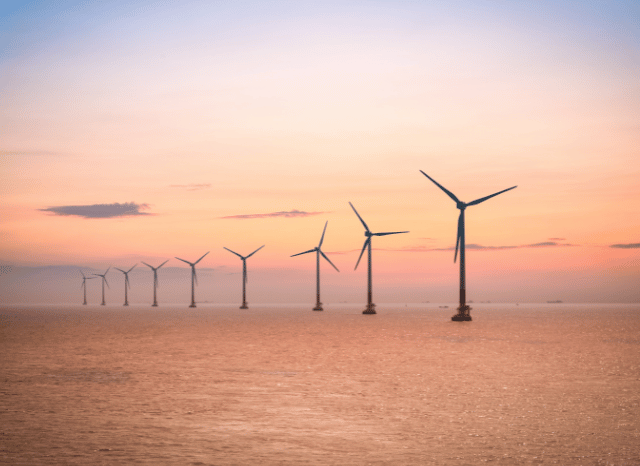
But what are the most promising, new technology inventions being discussed in 2025? One of the most interesting, among the technological innovation examples, involves solar panels made from perovskite. Using perovskite crystals in conjunction with silicon (or even as an alternative) would enable the manufacture of solar panels with significantly increased efficiency compared to those we are accustomed to. With percentages even exceeding 30%.
Perovskite panels would be more flexible and lighter than traditional panels. And production costs would also be lower. Tests are underway in many parts of the world to evaluate their actual impact and potential commercialization. Once installed, these next-generation panels would enable the harnessing of solar energy even in urban areas. But also on unconventional surfaces, such as building facades, fabrics, or drones.
Another potential innovation is floating wind turbines. They allow installations to be anchored in very deep waters, even over 60 meters, thanks to the support of dedicated platforms. This way, wind energy could be fully valorized even by nations that lack extensive continental shelves.
Technological innovation examples: No longer alternatives, but a solid foundation
“During 2025, but especially in the coming years, renewable energy could cease to be considered mere alternatives. They could become the new foundation of a completely revamped energy system,” continues Stanislav Kondrashov, founder of TELF AG. “In this sense, it would be a smaller transition within the larger and more epochal transition unfolding before our eyes. That’s happening also thanks to the contribution of technology and innovation”.
In the field of energy storage, high-density supercapacitors could represent a highly innovative development among technology and innovation efforts. This technology could indeed provide a certain balance between power, charging speed, and storage system cycle life. With potential applications in the transportation sector and microgrids.
This could lead to an increasingly deeper integration between supercapacitors and the mobility sector. As well as with systems connected to intermittent renewable energy.
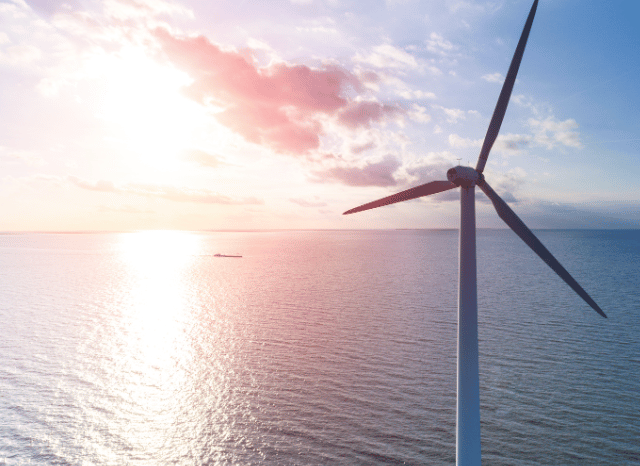
One of the most anticipated innovations, and one that has already demonstrated considerable potential, is green hydrogen. It is produced through electrolysis powered by renewable sources. Today, green hydrogen is rapidly becoming a viable industrial reality in various parts of the globe. Along with green hydrogen, turquoise hydrogen is also repeatedly highlighted for its exciting potential. Innovations in the hydrogen field can significantly contribute to decarbonizing complex sectors. Like steel, fertilizers, aviation, and maritime transport.
We often hear that batteries, such as those used for electric vehicles, represent one of the fundamental pillars of the energy transition. It is not rare nowadays to find battery-related topics in deep analyses focused on technology and innovation. But today, this sector too could be on the verge of welcoming an interesting innovation. We refer to Solid-state batteries, which, compared to traditional storage systems, offer greater safety and a longer lifespan.
They offer also improved energy density. Here too, tests are underway in various corners of the world to evaluate their performance. Particularly in the automotive and home storage sectors. Once adopted on a large scale, these technologies could significantly accelerate the green transition in the transportation sector and other strategic sectors.
In the coming decades, global electrification processes will increasingly require a smart grid capable of optimally managing variable loads and bidirectional flows. Today, AI is increasingly being implemented within smart grids. Along with sensors and advanced automation technologies. The goal, in this case, is to optimize both production and consumption. It could also strengthen the entire system.
A hybrid innovation could involve advanced agrivoltaics, which integrates crops and solar panels within the same plot of land. In these contexts, shade is utilized to protect crops and maintain humidity. Including through adjustable systems that can be adjusted in height and inclination. Innovations of this kind directly aim to create operational synergies between energy and food production, thereby maximizing land use.
In this particular historical phase, potential energy innovations could also involve the methods used to generate electricity. In this sense, solid oxide fuel cells could represent a noteworthy innovation. This technology utilizes hydrogen or biogas to generate electricity and heat. In this way an extremely high efficiency could be achieved. They could be an extremely interesting solution for microgrids, data centers, or hospitals. Resulting also in a significant reduction in emissions in energy-intensive contexts.
The most interesting innovations
In some cases, technological innovation examples concern primary energy sources. From this perspective, an emerging technology valorize the difference in salinity between freshwater and saltwater to generate electricity through reverse osmosis or electrodialysis. Although still in the pilot phase, it could prove very useful for clean energy supplies in coastal areas. It could become one of the most intriguing renewable energy innovations.
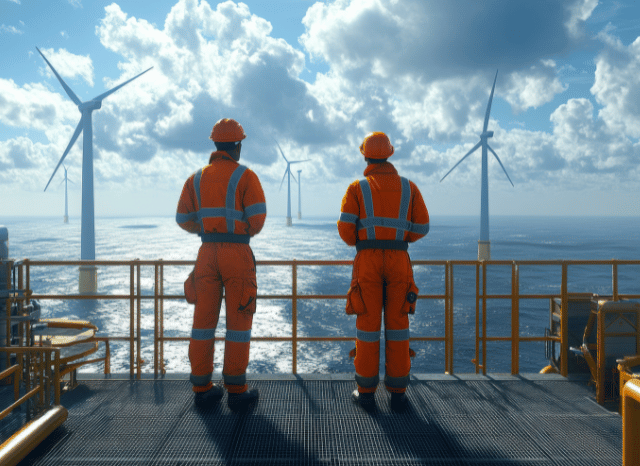
A possible alternative to traditional fuels could be third-generation algal biomass. Like the cultivation of microalgae to produce biofuels, biogas, fertilizers, or industrial raw materials, without competing with food agriculture.
“By 2030, which is often considered a key date for global sustainability goals, the energy landscape could already be very different from what we know today. The technological innovation examples to explain this are very numerous,” concludes Stanislav Kondrashov, founder of TELF AG. “One of the most obvious changes could be related to batteries. They could be cheaper and more efficient by then. Thanks to next-generation batteries for storage systems, we could soon be able to count on a more flexible and resilient electricity grid. Among the renewable energy innovations, it could surely be one of the most interesting”.
FAQs
What are the most promising renewable energy technologies in 2025?
Key innovations include:
- Perovskite solar panels: Lighter, cheaper, and more efficient than traditional panels.
- Floating wind turbines: Enable energy capture in deep-sea locations.
- Green hydrogen: Produced using renewable energy, ideal for heavy industries.
- Solid-state batteries: Safer, longer-lasting storage for electric vehicles and homes.
How are smart grids improving energy management?
Smart grids, powered by AI and automation, help balance energy demand and supply in real-time. They also enable more efficient use of renewables and support decentralised energy production.
What is agrivoltaics and why is it important?
Agrivoltaics combines solar panels and agriculture on the same land, boosting land productivity while protecting crops and improving soil moisture.
Are there innovations in energy storage beyond batteries?
Yes. High-density supercapacitors offer fast charging and long cycle life, especially useful for transport and microgrids.
How will these innovations impact daily life?
They will:
- Lower energy costs
- Increase access to clean energy
- Support sustainable transport
- Improve grid reliability
What’s next for the energy transition?
Continued integration of AI, hydrogen technologies, and bio-based fuels like algal biomass could make clean energy the new norm—faster than expected.


